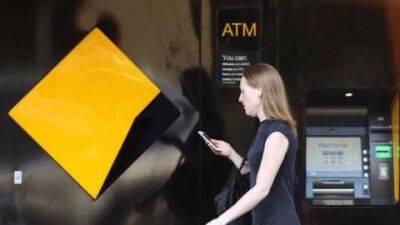What is Proof-of-Stake? And Why Are So Many Crypto Projects Turning to It?
Disclaimer: The text below is an advertorial article that was not written by Cryptonews.com journalists.
There have been many accusations thrown at crypto for its overconsumption of electricity, directly linking the high computing power and electricity needed to run it to global warming and threats to nature.
And while some cryptocurrencies, like Solana (SOL) and Mushe (XMU), use a fairly minimal amount of electricity, some cryptocurrency practices indeed use huge amounts of electricity.
Bitcoin (BTC) mining, for example, has been estimated to use 0.5% of yearly electricity consumption. This may seem like a very small fraction, but when considering that this is more electricity output than the country of Finland or the entirety of Google in a year, these accusations begin to make much more sense.
But what sets Solana (SOL) and Mushe (XMU) apart from Bitcoin (BTC)? The answer lies in their proofing systems.
Proof-of-Work, as a concept in computing, has existed since before the advent of cryptocurrency. Theorised and coined as a term in the 1990s, Proof-of-Work is a method of cryptographic proof in which one machine or group of machines proves to a collection of verifying machines that a certain amount of computing power has been used for any given task.
Proof-of-Work, as its name suggests, is a way for a machine to prove it has put in the correct amount of work for an interaction to take place.
When applied to cryptocurrency, Proof-of-Work is a system able to give rewards to crypto miners based on the amount of work their system can be proven to have done in the time needed for a new block of data to be added to a blockchain. The more work, the more likely they are to receive the newly minted cryptocurrency associated with the
Read more on cryptonews.com




















